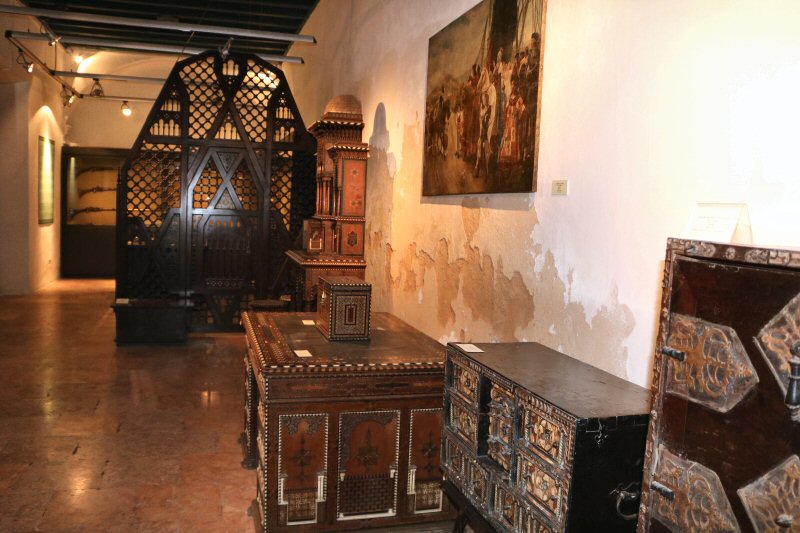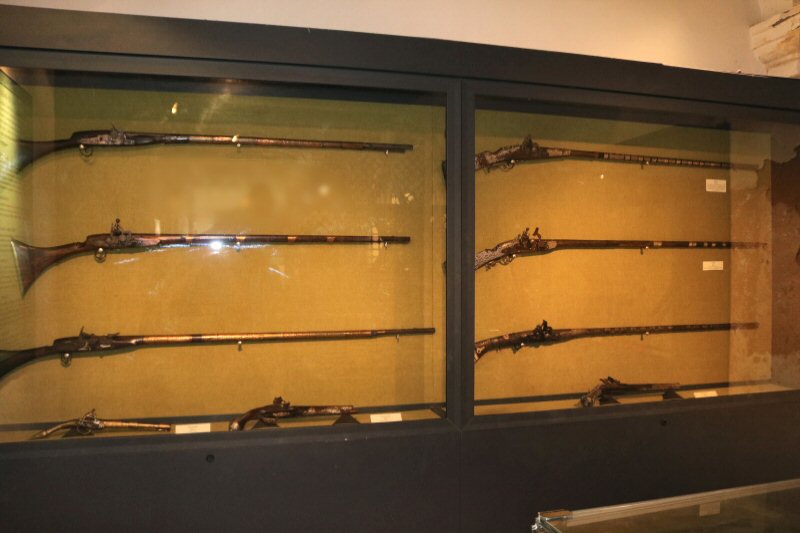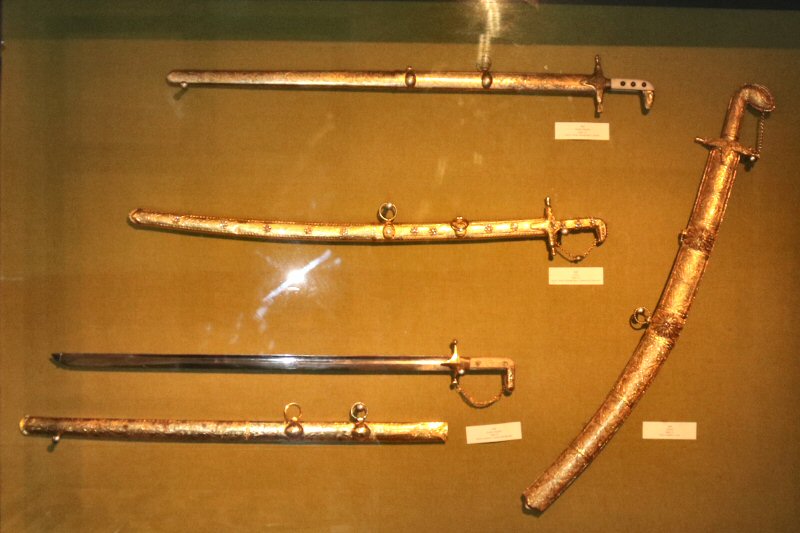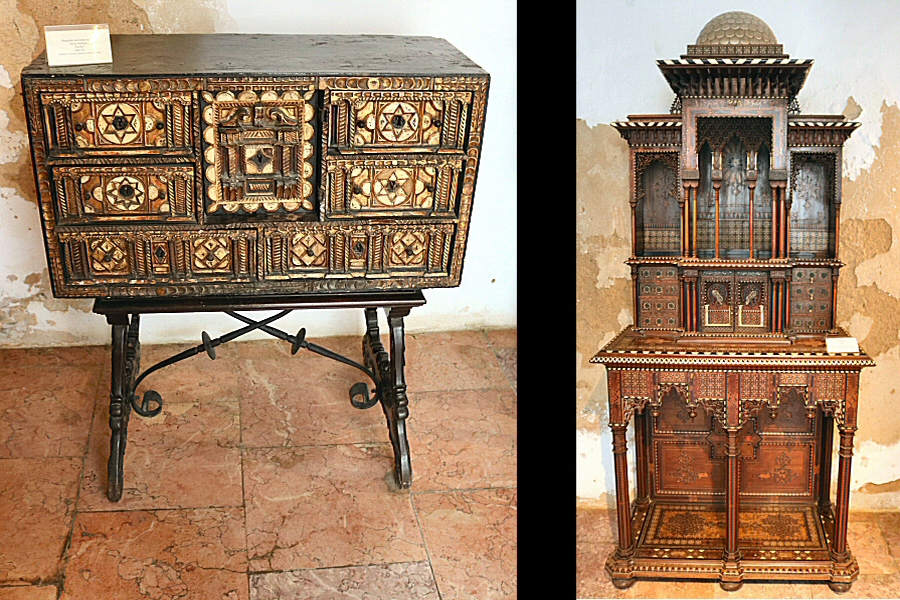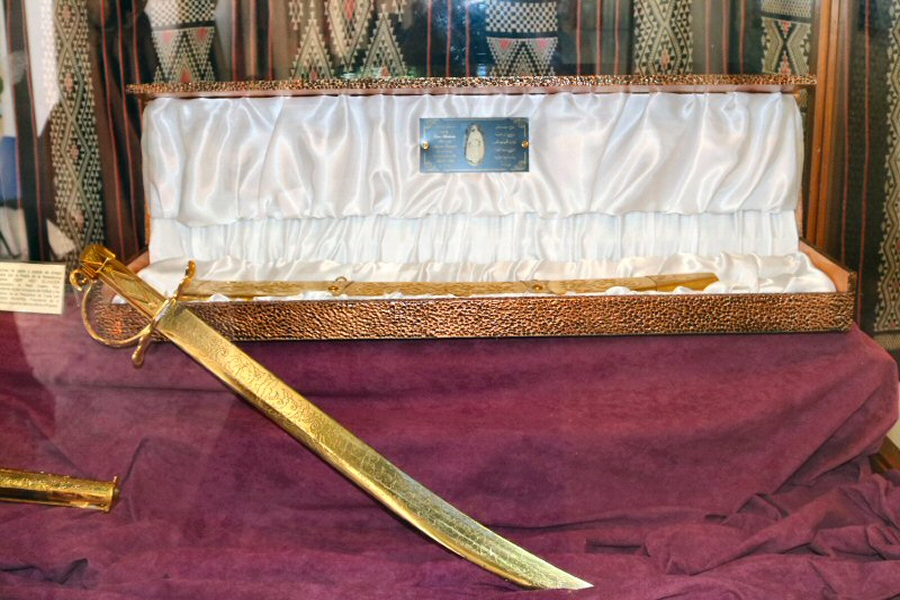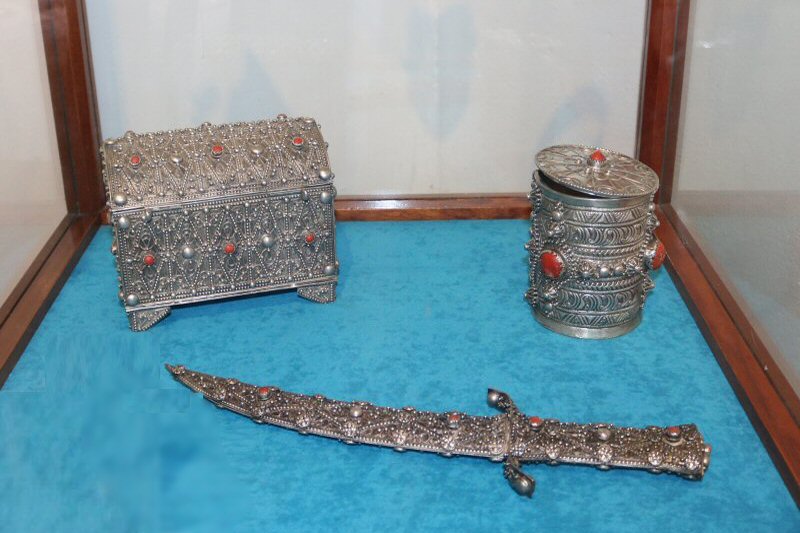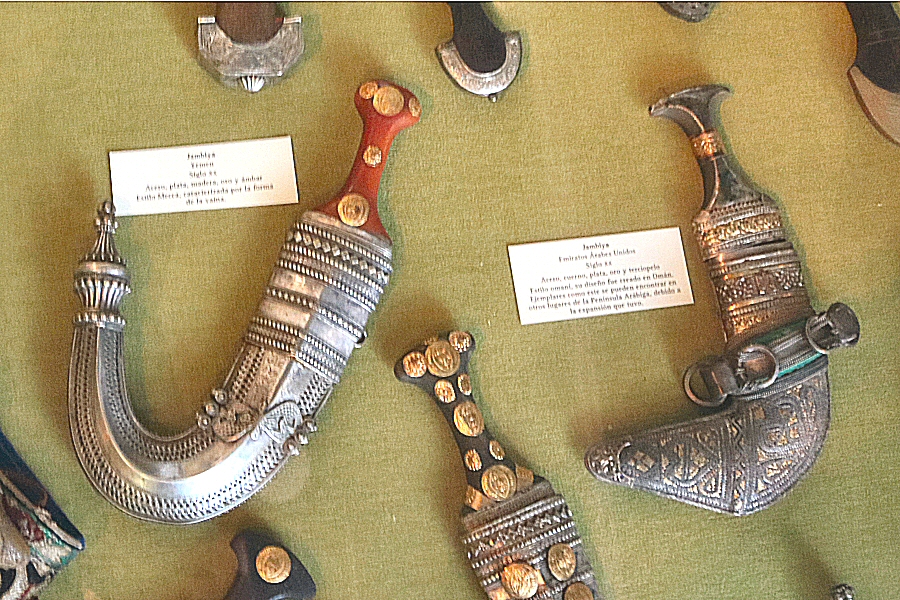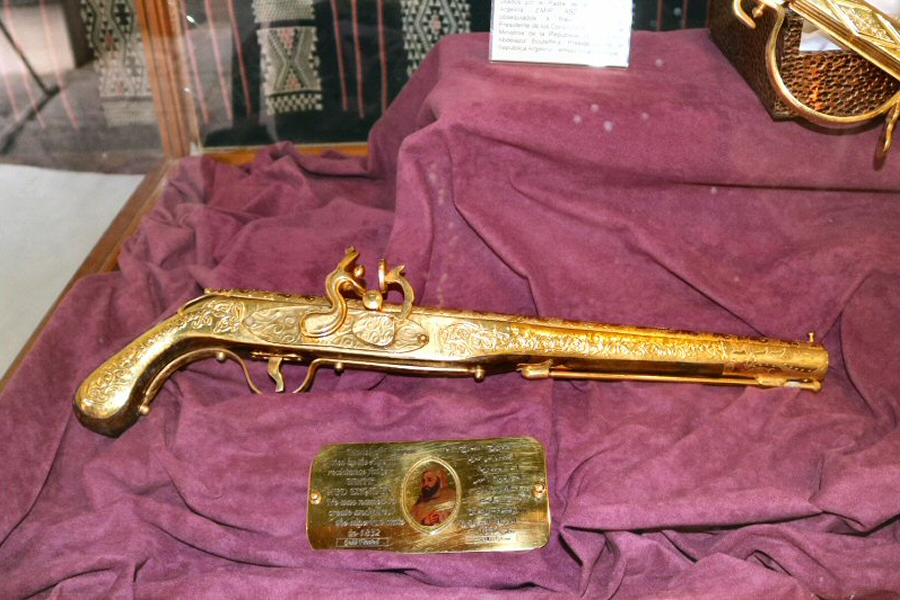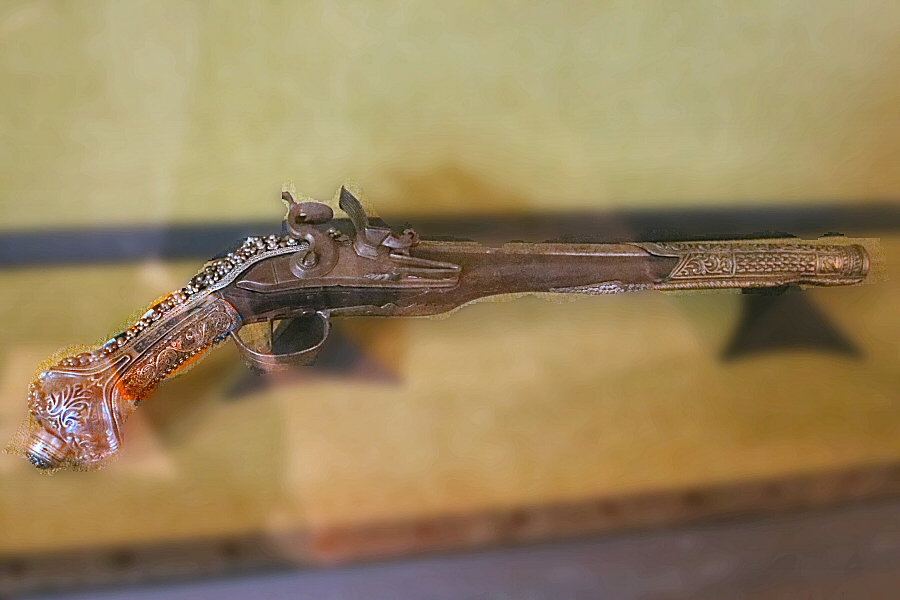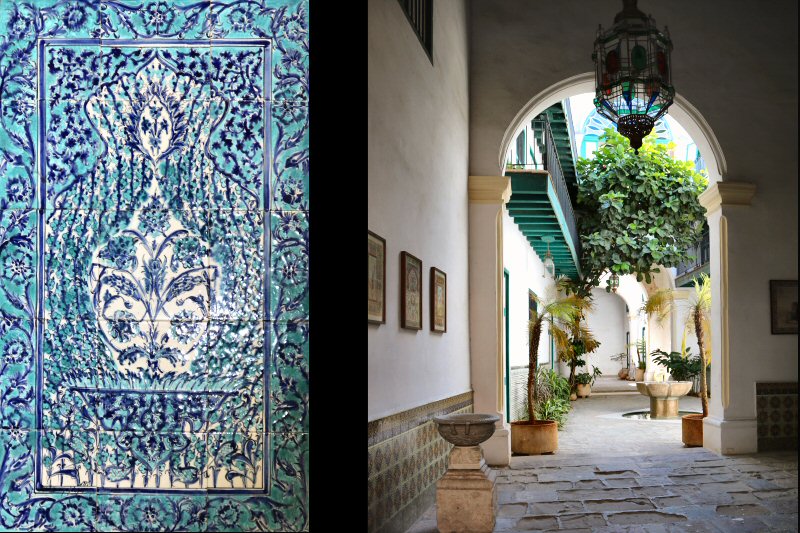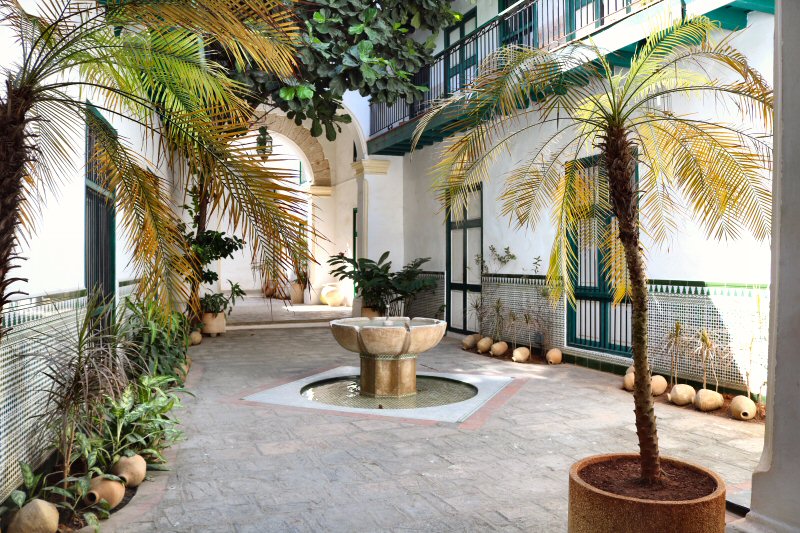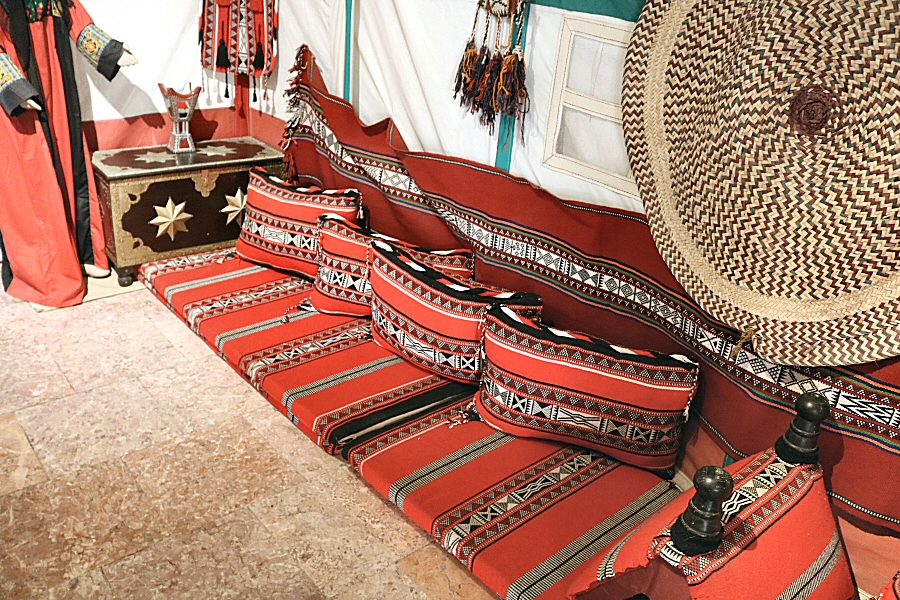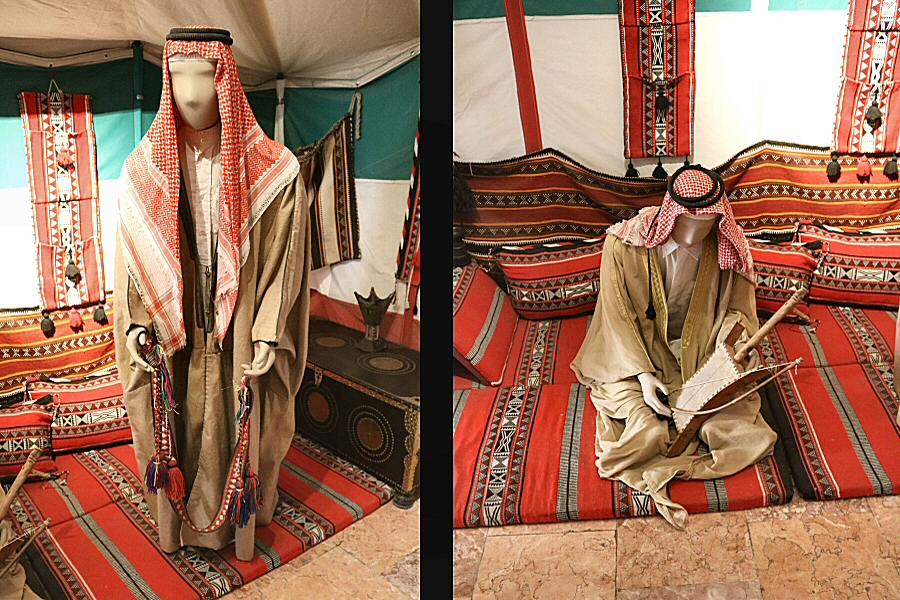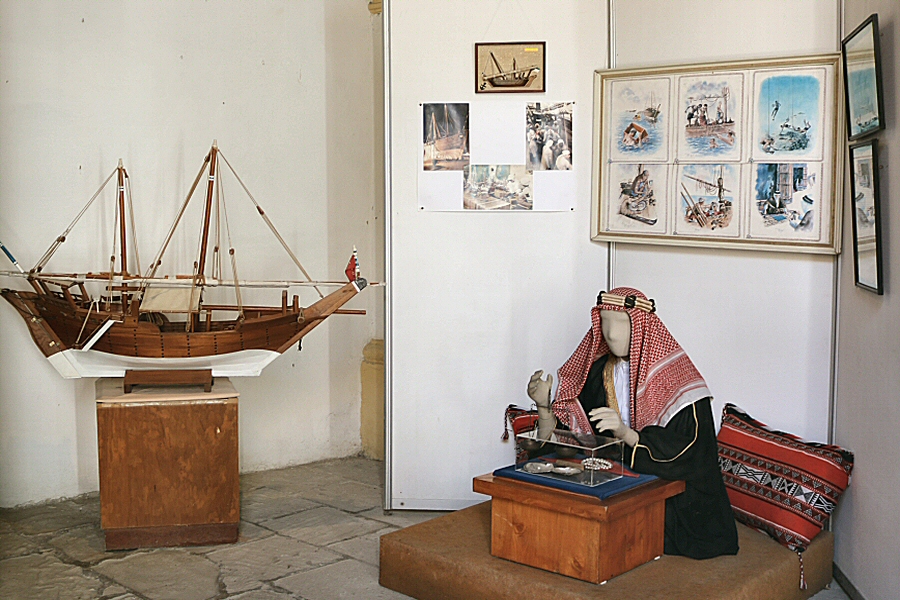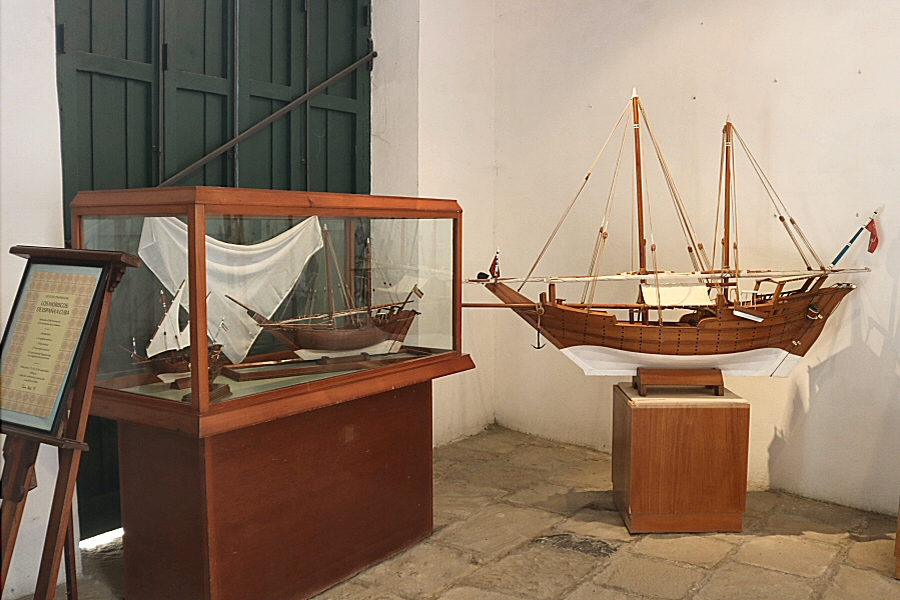
HISTORY
The Casa de los Árabes was used first as the College of St.
Ambrose from 1689 to 1774. It was the first religious school in
Havana. At the end of the 19th century it was known as La Casa
de los Notarios (the House of Notaries), because the lawyer
Santiago Cancio Bello was one of its owners. In 1940s it fell
into the hands of an Arab family.
ARCHITECTURAL FEATURES
The building
has significant heritage value, as it is one of the most
striking examples of the Moorish influence on the Cuban
architecture. The Mudéjar architecture and decoration style,
developed in the Christian Iberia in the Middle Ages, was
exported to Cuba by the Spanish colonialists. It was a
successful mixture of Arabic, particularly Moorish, and Spanish
artistic elements.
ARABS IN CUBA
It is estimated that between the years of
1860 and 1930 about 33.000 Arabs came to Havana from different
countries, such as Lebanon, Syria, Palestine and to a lesser
extent from Egypt and Algeria. They settled in the so-called
Arab Quarter that occupied the area that included the Monte, San
Nicolás, Corrales, Anton Recio and the Figuras streets today.
The Arabic imprint on Cuba was not only on the architecture, but
also several thousand Spanish words of Arabic origin were
introduced to the island. By passage of time it became necessary
to establish a center that would disseminate the Arab values,
customs, traditions, art, and architecture on the island and
encourage to study on the effects of the Arab presence in Cuba.
Thus, the Casa de los Árabes was inaugurated in the building #12
on the Officios street, as part of the comprehensive restoration
of the Old Havana in 1983. It was the first ethnographic museum
of Cuba. In 1997 it moved to the current building that is two
blocks away from its initial localization.
At present
there isn’t any Arab community in Cuba, but Cuba has strong
relations with the Arab world on economic, social and cultural
basis. The rich collection of the museum composed of the
donations by personalities from the Arab world, by the diplomats
of the Arabic countries in Cuba, and by Fidel Castro.
THE MUSEUM
The ground floor is
separated in several permanent exhibition rooms, such as the
Sala Modos de Vida (Room of Lifestyles), the Sala Hispano-Árabe
(Spanish-Arabic Room) and the Sala de Armas (Weapons Room).
In the Sala
Modos de Vida, a Bedouin tent was put up to show the
difficult life of these people in the deserts of the North
Africa. The color and the
motif of the mattresses, as well as the traditional dresses of
the Bedouin dummies, are rather interesting.
In the Sala Hispano-Árabe, a
few furniture from the 16th to 19th centuries, ornamented with
excellent mother of pearl inlay, are exhibited to highlight the
Arab influence on the Hispanic culture. The Mudéjar style
furniture is recognized by the intricate geometric
ornamentations, use of inlay or veneer, and brighter colors of
wood or other materials. An oil painting is hung on the wall
that illustrates the Moors, meeting the Spanish on a damaged
wall.
The Sala de Armas is at the
back of the ground floor, separated from the rest of the hall by
ornate wooden room dividers, where a collection of weapons from
various areas of the Islamic world are exhibited. The jambias
with silver scabbards and handgrips ornamented with gold,
comprise a noteworthy collection. Jambia (or janbiya) is the
Arabic term generally used to describe a specific type of dagger
with a short- curved blade and a medial ridge. It is one of the
most used weapons in Arabic countries, particularly in Yemen,
but also in India, in the 17th and 18th centuries. It was
carried also during the circumcision feasts and nuptial
ceremonies. In the showcase you will see a lot of ceremonial
sabers. Saber (or sabre) is a sword with long cutting edge and
often a curved blade. It is introduced from the Orient in the
18th century and most commonly used by the cavalry. There are
also two samples of yataganes from the 19th century. Yatagan is
a Turkish sword with thin body, sharp point and double curved
blade, used preferably during attack to plunge into the body of
the enemy.
In a separate showcase you will see an
ostentatiously ornamented khanjar and a jewelry chest from
Algeria. A khanjar, originating from Oman, is a short, curved
sword that resembles a hook in shape. It can be made from a
variety of different materials, depending on the quality of its
craftsmanship.
The replica of the saber with golden scabbard and an old
flintlock pistol from the 19th century, exhibited in another
separate showcase, belong to Emir Abdelkader, the Algerian
religious and military leader who led a struggle against the
French colonial invasion in the mid-19th century. The flintlock pistol
with silver engraving, made in Turkey in the 20th century, was
used by the Major General Máximo Gómez
On the right side of the ground floor is
dedicated to the models of some Arab trading sailboats, the
Dhows, and the Arab merchant that sells pearls. The wall is
decorated with several picture tiles from Maghreb are present.
The symmetry of the figures and the harmony of the colors are
their prominent features. They accompany the visitor on the
access way to the inner courtyard with a fountain in the center.

The Casa de los Árabes is located on the Officios street #16, between the Obispo and the Obrapia streets.
